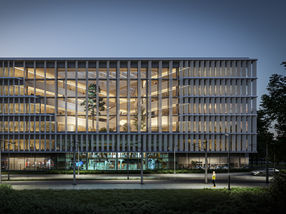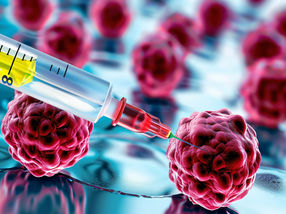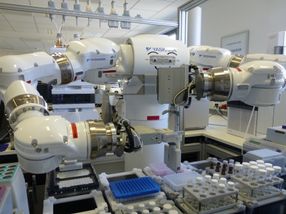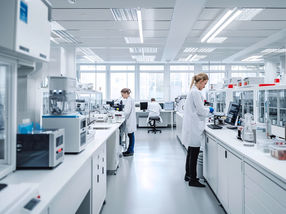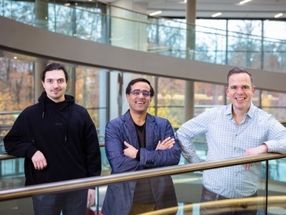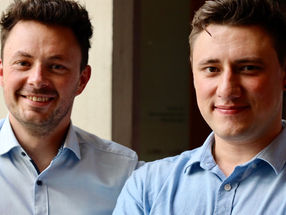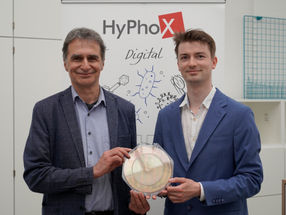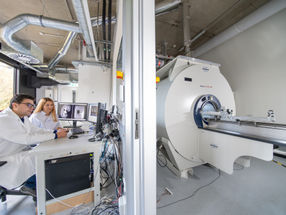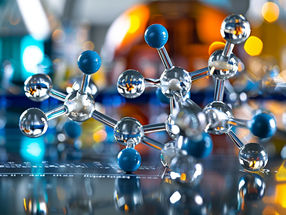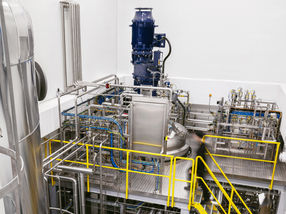Allon Therapeutics compounds show potential to repair central nervous system cells after disease or injury
Two proprietary compounds of Allon Therapeutics Inc. have the potential to become new treatments that contribute to development and repair of central nervous system cells damaged by neurodegenerative disease or injury, according to results of a preclinical study published in the the Journal of Molecular neuroscience.
The two compounds are AL-108, Allon's lead product candidate now being evaluated in human clinical trials as a treatment for Alzheimer's disease, and AL-309, one of Allon's preclinical-stage product candidates. The study demonstrated that AL-108 and AL-309 promote the formation of synapses after central nervous system cells have been impacted by disease or injury. Synapse formation is critical to the brain being able to make new connections between damaged neurons. The study results also showed that outgrowth of neurites increased as the administered dosages of Al-108 and AL-309 were increased. Neurites are neuronal extensions that are important for the transmission of impulses.
Gordon McCauley, President and CEO of Allon, said the study supports earlier preclinical studies that indicate the potential of the company's proprietary compounds. In particular, McCauley said these results compliment a study showing the potential of Allon's compounds to treat diseases of the optic nerve and retina by promoting the survival and neurite outgrowth of retinal ganglion cells.
Allon announced March 2, 2005 that it had completed dosing for its Phase Ia human clinical trial evaluating the company's lead product AL-108 as a treatment for Alzheimer's disease. Data from the Phase Ia trial will be analyzed by the end of Q2. The next clinical development step for AL-108 is a Phase Ib trial to evaluate AL-108 in healthy adults most at risk for Alzheimer's disease, and ultimately in diagnosed Alzheimer's patients, subject to appropriate regulatory approval. The company expects to begin this trial early in the second half of 2005.
Most read news
Other news from the department research and development

Get the life science industry in your inbox
From now on, don't miss a thing: Our newsletter for biotechnology, pharma and life sciences brings you up to date every Tuesday and Thursday. The latest industry news, product highlights and innovations - compact and easy to understand in your inbox. Researched by us so you don't have to.
Most read news
More news from our other portals
Last viewed contents

Erber-Ludwig & Partner GmbH - München, Germany
Marine biotech industry could grow by 12 percent per year - Scientists say innovation inspired by sea life is essential to tackling Europe's grand challenges
Lidocaine
FDA grants Orphan Drug Status to Allon’s davunetide for brain disease

WACKER Expands Production Capacity for Biopharmaceuticals in San Diego - Wacker Biotech US is expanding its mRNA and protein production


